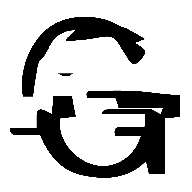Welcome to the fascinating world of glitch art! Whether you’re an experienced artist looking to branch out into a new art form or a complete beginner itching to try something new, this comprehensive beginner’s guide has got you covered. Here, we’ll explore the basics of glitch art, including what it is, its history, and the tools and techniques you need to get started creating your own digital masterpieces.
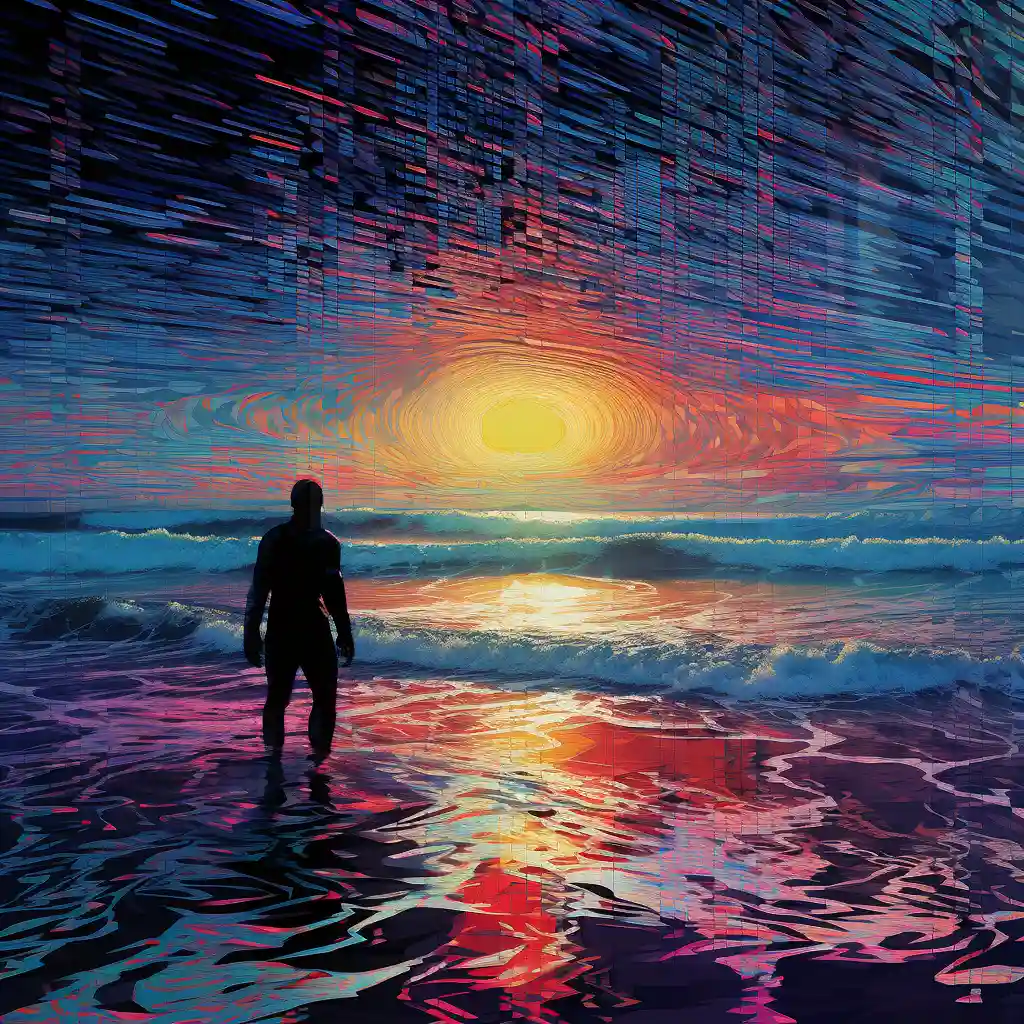
Glitch art is an exciting and dynamic form of digital art that involves intentionally distorting images, videos, or audio files to create unexpected visual effects. It’s an art form that encourages experimentation and embraces imperfection, making it perfect for beginners who are eager to explore their creativity.
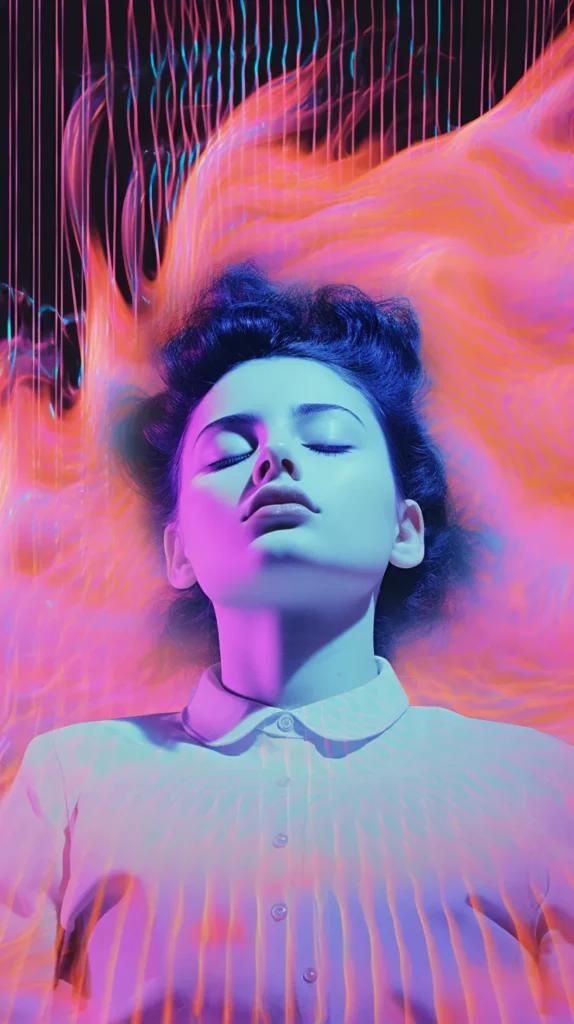
In this beginner’s guide, we’ll provide you with a step-by-step overview of how to get started creating glitch art. We’ll cover everything from the tools and software you need to the different techniques used in glitch art creation. You’ll also learn about the history of glitch art, ethical considerations, and how to share and showcase your artwork.
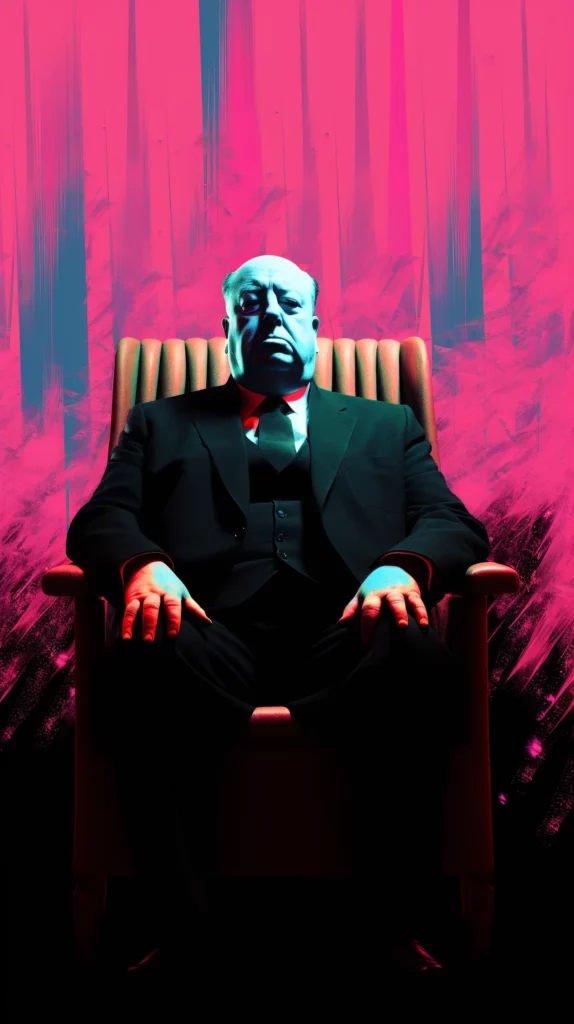
Key Takeaways:
- Glitch art is a form of digital art that involves intentionally distorting images, videos, or audio files.
- Glitch art encourages experimentation and embraces imperfection.
- This comprehensive beginner’s guide will provide you with everything you need to get started creating glitch art, from the tools and software you need to the different techniques used in glitch art creation.
- In addition to the technical aspects of creating glitch art, you’ll also learn about its history, ethical considerations, and how to share and showcase your artwork.
- With the knowledge and tools gained from this guide, you’re now ready to unleash your creativity and craft your own glitch art masterpieces!
What is Glitch Art?
If you’re new to glitch art, you might be wondering what it is and how it differs from traditional art forms. Glitch art is a creative process that involves intentionally manipulating digital images, videos, or audio files to introduce unexpected, often striking visual effects.
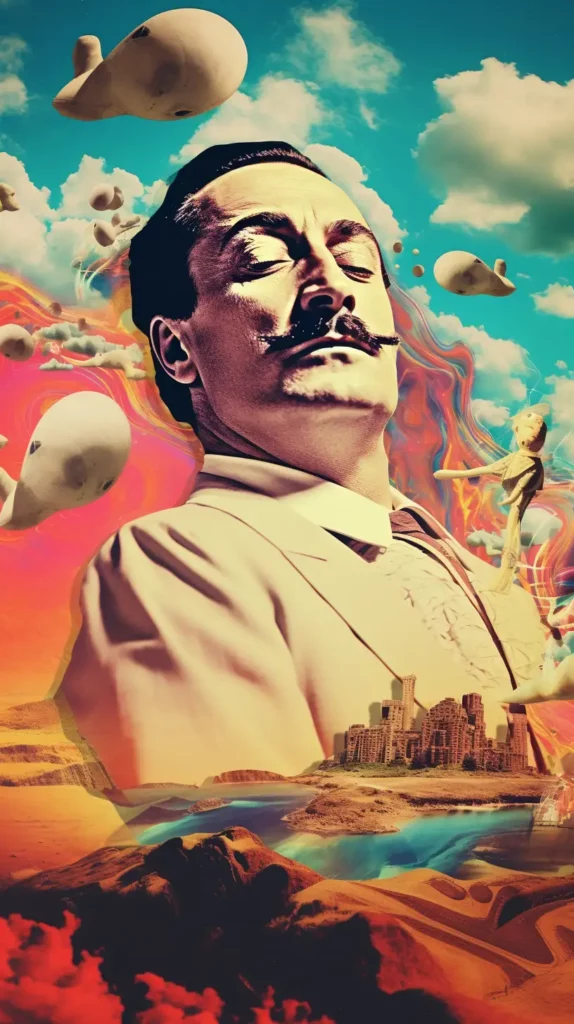
It’s an unconventional style that breaks away from traditional visual aesthetics, embracing imperfections and distortions instead of hiding them. Glitch art can be created using a variety of techniques, including code manipulation, data bending, and circuit bending. The results can be stunningly beautiful or outrageously chaotic, depending on the artist’s intention.
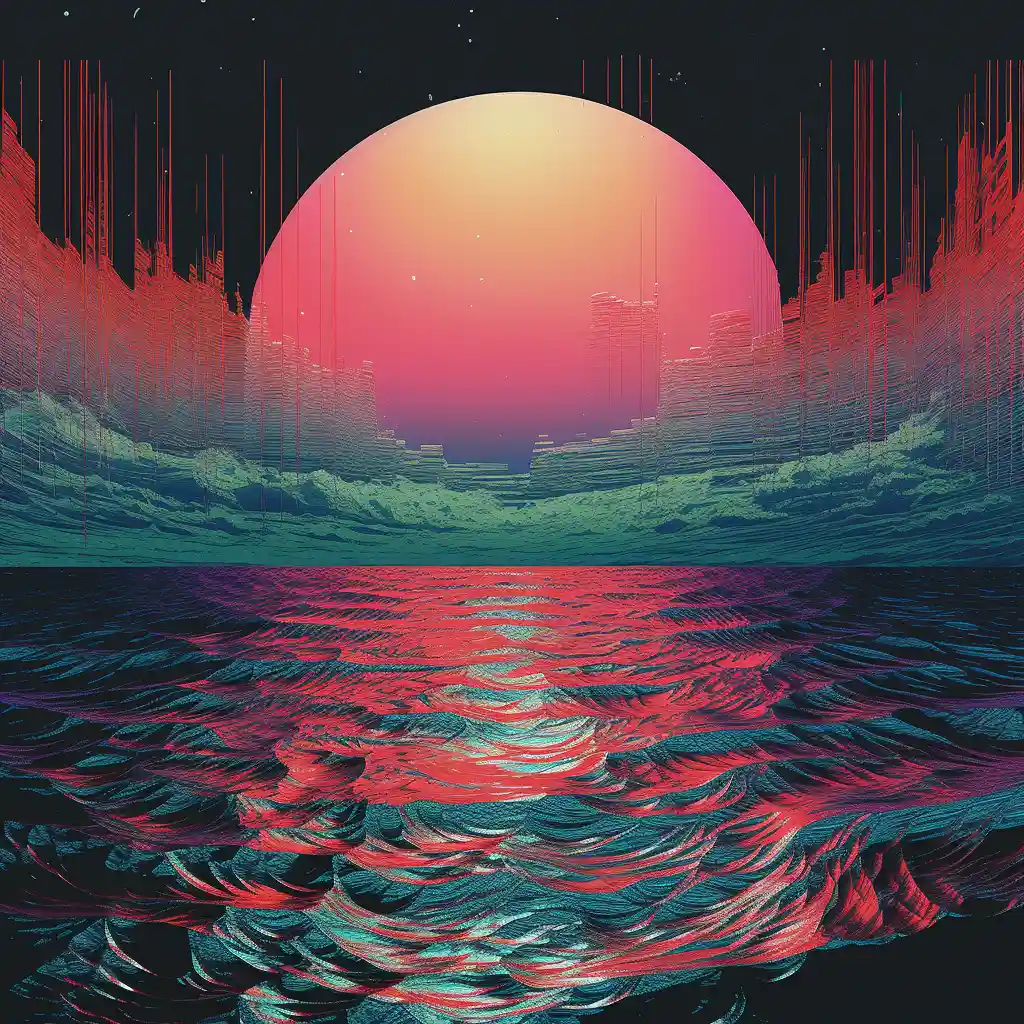
Glitch art is often characterized by its use of pixelation, color shifts, and other distortions. These imperfections give each piece a unique, handcrafted feel that can’t be replicated using traditional methods. In many ways, glitch art represents a rebellion against perfection, embracing the flaws and oddities of the digital medium.
The History of Glitch Art
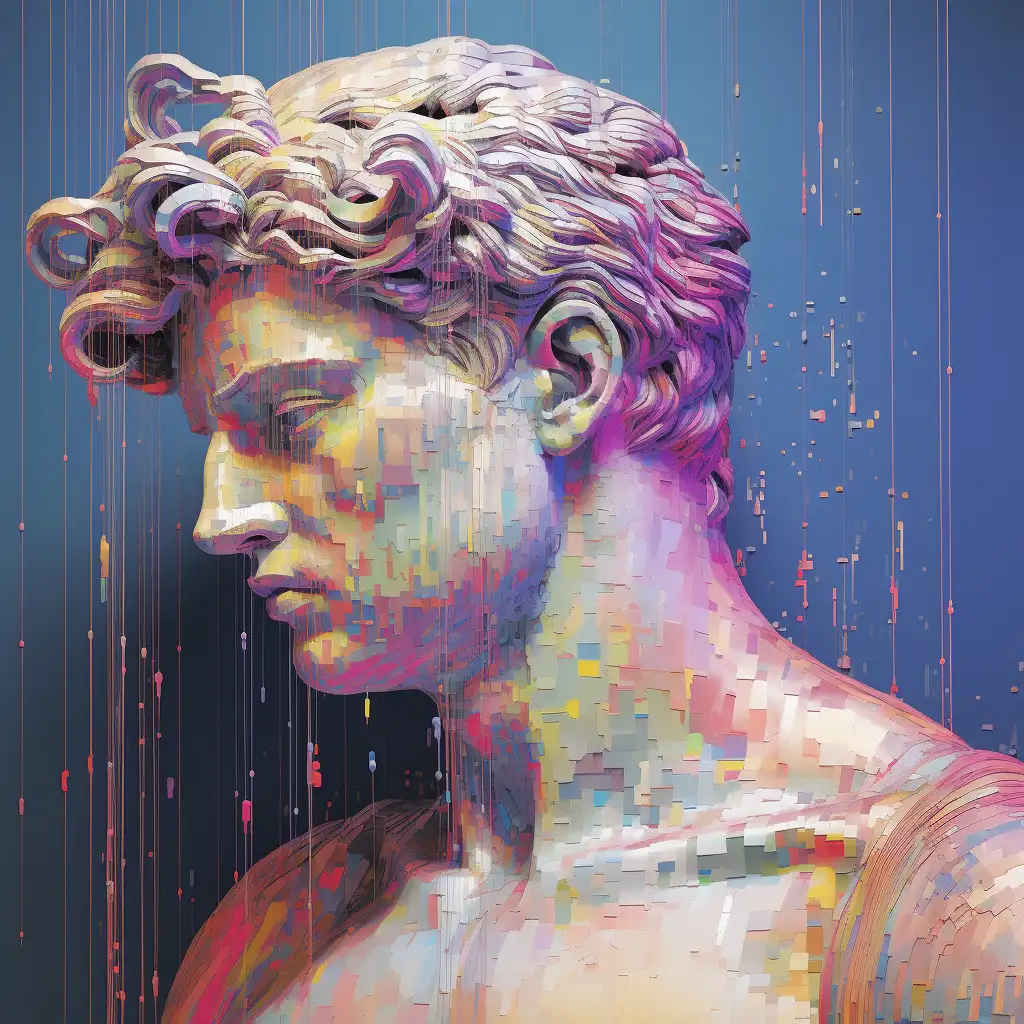
Glitch art has an interesting history that spans decades. It first emerged in the 1960s and 70s as artists experimented with distortion and manipulation of analog technology. These early artists played with the faults and errors of analog devices, such as TVs and VHS tapes, to create glitch-like effects in their artworks.
The term “glitch art” itself was coined in the early 2000s, as artists began to explore the potential of digital technology for creating similar effects. The rise of the internet and digital media allowed for the widespread distribution and sharing of these glitch art pieces, leading to a surge in popularity.
Glitch art has evolved significantly over time, with artists continuing to push the boundaries of what is possible with distortion and manipulation techniques. From data bending to circuit bending, artists have found new ways to create glitch-like effects in their artworks.
Some key milestones in the history of glitch art include the work of pioneering artists such as Nam June Paik and Steina Vasulka in the 1960s, the emergence of internet art collectives in the 1990s, and the widespread use of datamoshing in music videos in the early 2000s.
The Emergence of Digital Glitch Art
With the rise of digital technology, glitch art has become even more accessible and popular. Artworks can be created using a range of software tools and techniques, making it easier than ever for artists to experiment with distortion and manipulation.
Some notable early examples of digital glitch art include the work of artists such as Rosa Menkman and Kim Asendorf, who experimented with code manipulation and datamoshing in the mid-2000s.
| Year | Event |
|---|---|
| 1960s | Pioneering artists experiment with distortion and manipulation of analog technology |
| 1990s | Emergence of internet art collectives |
| Early 2000s | Datamoshing becomes widespread in music videos |
Today, glitch art continues to be a dynamic and exciting art form, with artists exploring new techniques and pushing the limits of what is possible with digital distortion and manipulation.
Tools and Software for Creating Glitch Art
Creating glitch art requires specialized tools and software that allow you to intentionally distort and manipulate images, videos, or audio files. Let’s explore some of the essential tools for getting started with glitch art.
Image Editing Software
The most popular software for creating glitch art is Adobe Photoshop, which is known for its powerful image manipulation capabilities. It allows you to easily create glitch effects by altering individual pixels, warping images, and adjusting colors. Other image editing software commonly used for creating glitch art include GIMP, Pixelmator, and Paint.NET.
Video Editing Software
Video editing software is necessary if you want to create glitch art in moving images. Adobe Premiere Pro is the most popular video editing software for creating glitch art, allowing you to manipulate video files in a variety of ways. Other popular options include Final Cut Pro, Sony Vegas Pro, and DaVinci Resolve.
Coding and Scripting Tools
Advanced glitch artists often rely on coding and scripting tools to create their art. These tools allow you to manipulate the raw data of digital files, creating more intricate and complex glitch effects. Popular coding and scripting tools for glitch art include Processing, Pure Data, and Max MSP.
Mobile Apps
Glitch art can also be created using mobile apps, which offer a more convenient and portable way to create on-the-go. Popular glitch art apps include Glitché, Decim8, and Mextures.
Online Tools
Finally, there are a number of online tools that allow you to create glitch art without any software downloads. These tools are often free and accessible, making them a great option for beginners. Some popular online glitch art tools include Glitchatron, Photomosh, and Glitché Online.
Now that you know some of the essential tools and software for creating glitch art, it’s time to start experimenting and exploring the unique and unexpected effects that can be achieved through this exciting digital art form.
Techniques for Creating Glitch Art
If you want to create glitch art, there are several techniques you can use to achieve different visual effects. Let’s explore some of the most common glitch art techniques:
Data Bending
Data bending involves manipulating the raw data of an image or audio file to create distorted and abstract visuals. Here’s how to do it:
- Open the image or audio file in a text editor.
- Find a section of the file with complex code and select it.
- Delete or modify the selected code.
- Save the file and reopen it to see the glitched result.
Experiment with different sections of the file and code modifications to create unique glitch effects.
Circuit Bending
Circuit bending involves physically manipulating electronic circuits to create glitchy sounds and visuals. Here’s how to get started:
- Find an electronic device with a circuit board, such as a toy keyboard or old video game console.
- Open the device and locate the circuit board.
- Connect different circuits using wires or alligator clips to create unexpected sounds and visuals.
- Record or capture the glitched output for use in your glitch art.
This technique requires some technical knowledge and caution, as it involves working with electronic circuits.
Code Manipulation
Code manipulation involves modifying the code of an image or video file to create glitches. Here’s how you can do it:
- Open the file in a code editor.
- Find the section of the code that controls visual elements, such as color or shape.
- Modify the code to create glitches and unexpected visual effects.
- Save the modified file and reopen it for the glitched result.
Experiment with different code modifications to create unique and visually striking glitch art.
Now that you know some of the most common glitch art techniques, you can start exploring and experimenting to create your own glitch art masterpieces.
Finding Inspiration in Glitch Art
Glitch art is a fascinating art form that allows you to create unexpected and visually striking digital works of art. Whether you’re a seasoned artist or just starting out, finding inspiration is an important part of the creative process. Here are some tips for finding inspiration for your glitch art creations:
Explore Other Glitch Art
One of the best ways to find inspiration for your glitch art is to explore other artists’ work. Spend some time browsing through online galleries, social media platforms, and art websites to discover new artists and their creations. Take note of the techniques they’ve used and the effects they’ve achieved, and think about how you can incorporate these elements into your own work.
Look for Glitches
Glitches can happen anywhere – in technology, nature, and everyday life. Look for glitches in old video games, corrupted files, broken electronics, and even natural phenomena like lightning and rain. Take photos and videos of these glitches and manipulate them using glitch art techniques to create something entirely new and unexpected.
Experiment with Different Techniques
Experimenting with different glitch art techniques is a great way to find inspiration and push the boundaries of your creativity. Try data bending, circuit bending, or code manipulation to see what kinds of effects you can achieve. You never know what unique glitch creations you’ll come up with!
Find Inspiration in Other Art Forms
Glitch art is highly interdisciplinary, and you can find inspiration in other art forms such as music, film, and literature. Consider how you can use glitches and distortions in these forms to create your own unique glitch art creations. For example, you could take a sound file and manipulate it to create glitch music, or use datamoshing techniques to create a glitch film.
Remember, inspiration can come from anywhere, so keep an open mind and be willing to experiment and explore. With these tips in mind, you’ll be on your way to creating stunning glitch art works in no time.
Understanding Glitch Aesthetics
Glitch art is all about pushing the boundaries of traditional digital art and embracing the unexpected. This means that glitch aesthetics are often characterized by distortion, fragmentation, and a sense of chaos.
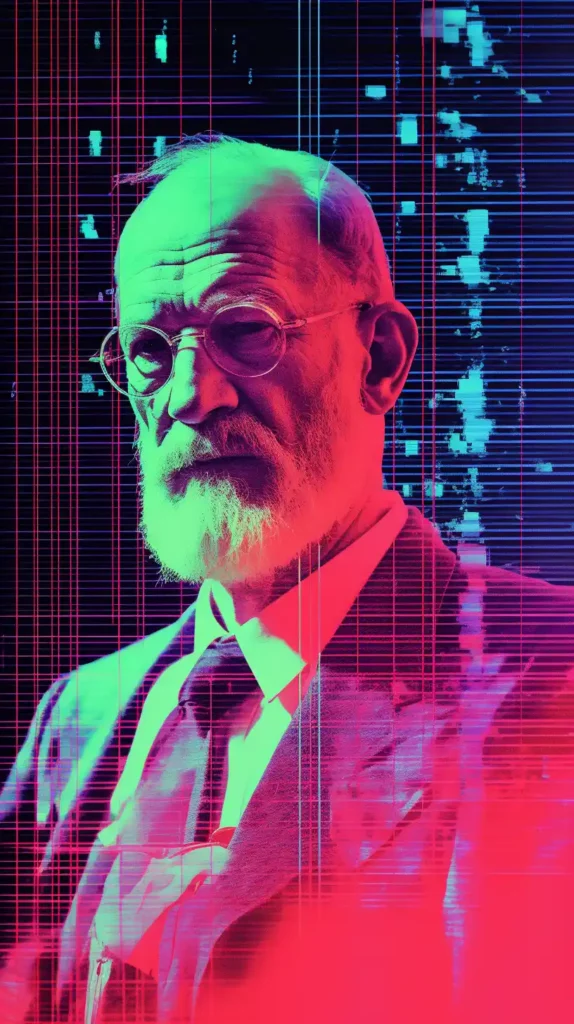
Some of the key visual elements that define glitch art style include:
- Color distortions: Bright colors can become muted, and hues can shift and blend in unexpected ways.
- Pixelation: Images can become pixelated or blocky, with jagged edges and distorted shapes.
- Datamoshing: This technique involves manipulating video data to create a distorted, glitchy effect that can be used to create surreal, dreamlike sequences.
- Randomness: Glitch art often embraces randomness and unpredictability, resulting in unique and unexpected outcomes.
One of the most important things to remember when exploring glitch aesthetics is that perfection is not the goal. Rather, it’s about embracing imperfections and incorporating them into your artwork in creative ways. This can mean intentionally introducing glitches into your work or finding ways to work with glitches that arise during the creative process.
“The glitch is a hidden door to a secret world… a world of pure, abstract noise that exists beneath the surface of the digital realm.”
– Antonio Roberts, Glitch Artist
By embracing the unexpected and incorporating glitch aesthetics into your artwork, you can create digital masterpieces that are both visually striking and intellectually provocative. So don’t be afraid to experiment and push the boundaries of glitch art!
The Importance of Ethical Considerations in Glitch Art
While creating glitch art can be a fun and exciting process, it’s important to also consider the ethical implications of your work. Some ethical considerations to keep in mind include:
With great power comes great responsibility.
Voltaire
- Copyright: As with any creative work, it’s important to respect the intellectual property of others. Avoid using copyrighted material without obtaining permission or ensuring that your use falls within the bounds of fair use.
- Appropriation: Be mindful of the sources and contexts of the materials you are using in your glitch art. Appropriation can be a powerful tool in art, but it can also be exploitative or disrespectful.
- Consent: If you are using personal or sensitive material in your glitch art, make sure you have obtained the necessary consent from those involved.
Incorporating ethical considerations into your glitch art practice not only respects the rights and experiences of others, but also allows you to create work that is more thoughtful and meaningful.
Sharing and Showcasing Your Glitch Art
Congratulations! You’ve created your very own glitch art masterpiece! Now it’s time to share your creation with the world. Sharing your glitch art can be a fantastic way to gain recognition, connect with other artists, and inspire others. Here are some tips on how to share and showcase your glitch art:
Share on Social Media
Social media is a great platform to share your glitch art with a wider audience. Consider creating an account specifically for your glitch art and sharing your creations regularly. Use relevant hashtags such as #glitchart or #digitalart to reach a larger audience. Engage with other artists and enthusiasts by commenting and liking their posts.
Showcase on Online Platforms
| Online Platforms | Description |
|---|---|
| Behance | A platform for showcasing and discovering creative work |
| Dribbble | A community for designers to showcase their work |
| DeviantArt | An online community for artists to exhibit, promote, and share their work |
Consider creating a portfolio on online platforms that cater to artists and designers such as Behance, Dribbble, or DeviantArt. These platforms allow you to showcase your work in a visually engaging way and connect with fellow artists and art enthusiasts.
Participate in Exhibitions
Attend local art exhibitions or submit your glitch art to exhibitions and galleries. This can be a great way to gain exposure and meet other artists and industry professionals. Keep an eye out for opportunities in your local area and submit your glitch art to relevant exhibitions.
Conclusion
Sharing and showcasing your glitch art can be a rewarding and exciting experience. Whether it’s on social media, online platforms, or exhibitions, there are many avenues to share your work. Don’t be afraid to put yourself out there and connect with other artists and enthusiasts. Happy glitching!
Troubleshooting and Problem-solving in Glitch Art
Congratulations on making it this far in your glitch art journey! As with any creative endeavor, there may be challenges and roadblocks along the way. Don’t worry, we’ve got you covered with some common glitch art troubleshooting techniques to help you overcome any obstacles.
Technical Glitches
One of the most frustrating issues you may encounter in glitch art is technical glitches. These could include corrupt or unreadable files, crashes, or malfunctions in your editing software. Here are some steps to follow:
- Save Often: Make sure to save your work frequently to avoid losing progress in case of a software crash or other issue.
- Clear Cache and Restart: Clearing cache and restarting your computer can help resolve technical issues. If you’re using online glitch art tools, clearing your browser cache and cookies can also help.
- Check for Updates: Check if there are any available updates for your software or tools and make sure to install them regularly to avoid compatibility issues.
Creative Roadblocks
Another challenge you may face is creative roadblocks. Sometimes you may feel stuck or uninspired, unsure of how to proceed with your glitch art. Here are some tips:
- Take a Break: Don’t force creativity. Take a break from glitch art and do something else to clear your mind and come back with fresh ideas.
- Experiment: Try experimenting with different techniques or tools to spark creativity.
- Get Feedback: Share your work with others and get feedback. It can help you see your work from a new perspective and provide constructive criticism.
Recreating Glitch Effects
Sometimes, you may come across a glitch effect that you want to recreate in your own work, but you’re not sure how to achieve it. Here are some steps to follow:
“Emulate the glitch process. Do your research and find out how other artists achieved a similar glitch effect. Use similar techniques or tools and experiment until you get the desired result.”
Final Thoughts
Remember, glitch art is all about experimentation and pushing boundaries. Don’t be afraid to make mistakes or encounter challenges, as these can often lead to breakthroughs and unexpected discoveries in your art. Keep experimenting, practicing, and troubleshooting, and you’ll be well on your way to creating stunning glitch art masterpieces!
Conclusion
Congratulations! You’ve made it to the end of this beginner’s guide to glitch art. You have learned what glitch art is, explored its origins and evolution, and gained knowledge about the tools, techniques, and aesthetics that define this exciting art form.
You have also discovered sources of inspiration for your glitch art creations, gained insight into ethical considerations, and learned how to share and showcase your work to a wider audience.
As you begin to create your own glitch art, remember to experiment and have fun. Don’t be afraid to push boundaries and try new techniques, and don’t get discouraged by creative roadblocks or technical glitches. Remember to consult our troubleshooting guide for solutions to common issues.
The Art of Glitching
Glitch art is a unique and exciting way to express yourself through digital media. By intentionally distorting and manipulating images, videos, or audio files, you can create striking works of art that challenge traditional aesthetics and push the boundaries of creative expression.
With the knowledge and skills gained from this guide, you’re now equipped to join the growing community of glitch art creators and craft your own digital masterpieces. So go forth and glitch, and remember to have fun along the way!
FAQ
What is glitch art?
Glitch art is a form of digital art that involves intentionally distorting or manipulating images, videos, or audio files to create aesthetic imperfections and unexpected visual effects.
What are some techniques for creating glitch art?
Some techniques for creating glitch art include data bending, circuit bending, and code manipulation. These techniques allow artists to achieve different glitch effects in their artwork.
What tools and software are used for creating glitch art?
There are various tools and software available for creating glitch art. Some popular options include Glitch Lab, Audacity, and Processing. It’s recommended to explore both free and paid options to find the best fit for your needs.
How can I find inspiration for my glitch art creations?
You can find inspiration for your glitch art creations by exploring the work of other artists in the field and looking for glitches in technology, nature, and everyday life. These sources can provide ideas and spark your creativity.
Are there any ethical considerations in glitch art?
Yes, there are ethical considerations in glitch art. It’s important to be mindful of issues such as copyright, appropriation, and consent when creating glitch art. Responsible glitch art practices involve respecting the rights of others and seeking permission when necessary.
How can I share and showcase my glitch art?
You can effectively share and showcase your glitch art by utilizing online platforms, implementing social media strategies, and exploring exhibition opportunities. These avenues can help you reach a wider audience and receive recognition for your glitch art.
What should I do if I encounter issues or challenges while creating glitch art?
If you encounter issues or challenges while creating glitch art, don’t worry! Common issues can range from technical glitches to creative roadblocks. Troubleshooting techniques and problem-solving strategies are available to help you overcome these obstacles and continue your glitch art journey.
